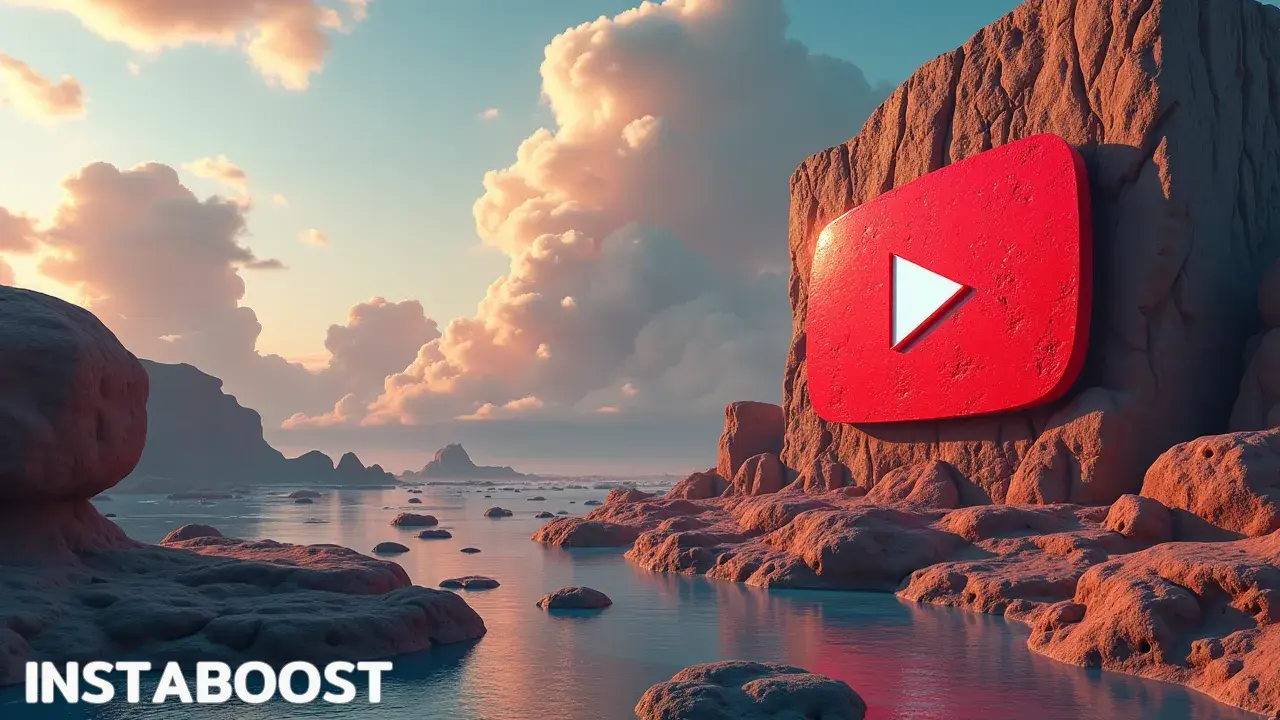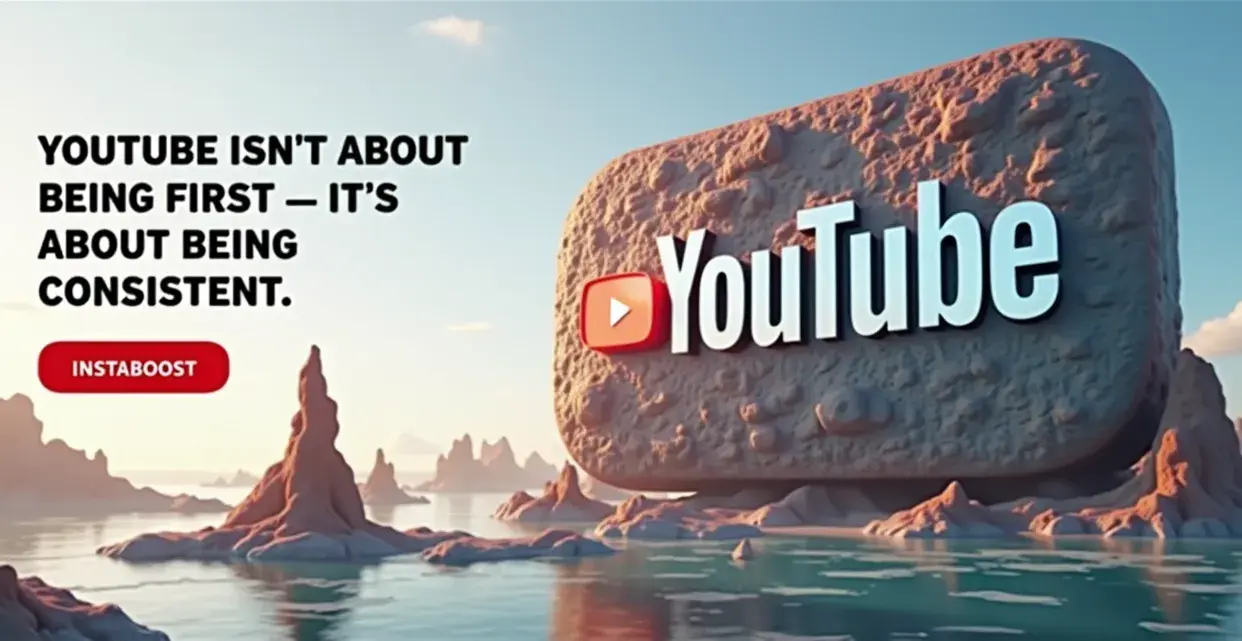Is YouTube About Being First or About Being Consistent?
Consistency drives sustainable YouTube growth more than being first. Timely videos can spark attention, but a steady publishing rhythm turns those spikes into lasting momentum. A light structure for topics and timing helps safeguard quality and maintain watch time, while basic tracking reveals patterns, returning viewers, and compounding growth. An automated draft-to-upload workflow can speed production and tighten edits without losing creative voice, guiding a smart path toward reliable performance.
Momentum Favors the Maker Who Shows Up
Speed wins headlines, but cadence wins audiences. On YouTube, being first to a trend can spark early momentum, yet the channels that compound publish on a schedule tight enough to set expectations and loose enough to protect judgment. Consistency isn’t pushing half-baked uploads. It’s a system that balances topic buckets, release windows, and an edit checklist so each video earns watch time rather than just clicks. That rhythm teaches the algorithm and your viewers what to expect: a clear hook, a clean story arc, and a payoff people watch through, which strengthens retention signals and nudges your next upload into more home feeds.
If you chase every spike without that scaffolding, you may collect impressions and risk trust. A smarter path is pairing timely coverage with recurring formats, backed by clean analytics that separate traffic sources, audience retention, and real comments from vanity noise; frameworks that help you optimize YouTube marketing without losing the narrative thread. When you do invest – targeted promotion, creator collabs, or a reputable editing tool – treat it like a lever in a testing loop. Match it to intent, measure against session watch time and return viewers, and add safeguards like end screen paths and consistent thumbnails.
Search traffic helps when the title – answer promise is fulfilled in the first 30 seconds and reinforced by pacing, not just keywords. The counterintuitive truth is that consistency isn’t repetition. It’s a predictable delivery of surprises, built on a calendar you can sustain. Publish steadily, review patterns monthly, and let that feedback tighten your format. You’ll still jump on trends, but each timely video will slot into a habit your audience already trusts, making YouTube strategy less about guessing the moment and more about earning the next one.

Consistency Signals Authority
Credibility isn’t built through noise. It’s built through resonance. On YouTube, you earn that by showing you can repeat a standard, not just catch a spike. Viewers trust creators who publish on a rhythm and deliver the same baseline of clarity: a hook that respects their time, a story that stays on track, and an ending that resolves the promise. That steadiness becomes a brand cue – people start to recognize your pacing, your edit rhythm, even your thumbnail logic – and the algorithm reads it too. Retention signals improve because your format helps viewers anticipate what’s next, which lifts average view duration and pulls your next upload into more home feeds.
If you use targeted promotion or small ad spends, treat them as accelerants for proven episodes, not bandages for weak ones. Qualified placements paired with clean analytics and a simple testing loop make the lift measurable. Collaborations work when they map to your topic buckets and audience intent, so the new traffic sticks rather than skims. Tools and templates can speed drafts, but credibility comes from the judgment you keep – a short checklist that protects your voice, trims bloat, and preserves a consistent arc.
Track a few quality metrics – intro drop-off, first-click comments, saves – and adjust on cadence, not whims; surface-level vanity counts, including YouTube channel growth with subscribers, only matter when they reflect durable behavior. The result is compounding trust: viewers show up because you do, sponsors value you because you’re forecastable, and the platform learns that your uploads resolve into watch time, not just clicks. That’s how “YouTube isn’t about being first” turns into practical growth – steady publishing that sets expectations and meets them.
Build a Cadence That Protects Craft
The riskiest move is acting like there’s no risk. Trends fade, formats shift, and your upload window competes with everything else on the home feed, so a plan that works this week needs to compound next month. Treat YouTube consistency like an operating system. Set clear topic lanes, prewrite hook angles, and storyboard toward one measurable payoff per video.
Then pick a release tempo – weekly or biweekly – that you can hit without burning the edit. Small accelerants help when they’re reputable and matched to intent: a lightweight scripting tool to speed drafts without flattening your voice, an edit checklist that standardizes pacing, and a thumbnail workflow that ties one promise to one visual; just remember that surface signals such as gain popularity with video likes won’t fix weak substance or sloppy retention. Add a clean analytics loop. Track retention dips, average view duration, click-through rate, and real comments, then run a two-upload test to isolate what changed.
If early momentum matters, time targeted promotion to the first 48 hours, but push only where the audience fits and measure lift in returning viewers, not vanity spikes. Collaborations work when topics align and you agree on a clear viewer handoff – end screens, pinned comments, and a teaser that resolves in the partner’s video – to strengthen retention signals across both channels. Paid boosts can be useful as a learning tool if you add safeguards against noisy traffic with tight geo and interest filters and hold creative constant to learn from the right metric. The non-obvious edge is that schedule protects judgment. A cadence forces you to ship, while the system preserves quality, so your watch time holds and the algorithm learns your rhythm. That’s how being consistent turns from general advice into a durable asset in YouTube search and recommended.
Stop Worshipping Virality
I didn’t pivot. I rebuilt from the ground up. Chasing “first” had me making brittle content – flashy hooks that spiked impressions, then bled watch time. When I traded speed for a steady cadence, the channel stopped acting like a slot machine and started working like a system. That doesn’t mean skipping trends. It means folding them into lanes you can sustain.
A timely how‑to can ride search if it maps to your core topics, updates a past thumbnail logic, and anchors to one measurable payoff. Paid boosts aren’t the villain either; targeted promotion from a reputable partner works when it amplifies retention signals you’ve already earned – clean intros, on‑track stories, and endings that close the loop – and the distinction matters far more than where you buy real views for YouTube growth, because without baseline quality you’re only renting spikes. If you add tools – AI script drafts, edit assistants, or automation – match them to fit and timing, then run a testing loop.
A/B two hook angles, measure 30‑second hold, adjust pacing, then scale. Collabs move the needle when the audience overlap is real and the content standard is shared. Otherwise you’re renting views. Comments that say “this solved X” matter more than fireworks in CTR, because the algorithm reads completion and returns. The non‑obvious part is that consistency is not just schedule. It’s consistent decision quality. YouTube isn’t about being first. It’s about being consistent with what you say no to. Protect your upload window with a prewrite ritual, guard your story arc with one promise per video, and use basic analytics to see which beats compound. Do that, and timely moments become accelerants instead of detours.















